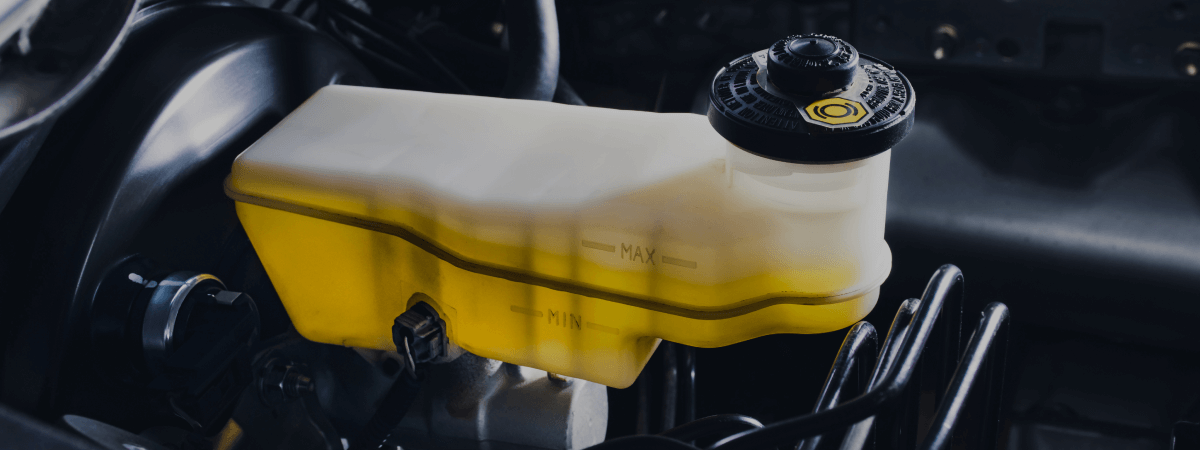The cold temperatures, snow, ice, slush, dirt, and road salt that are common during the winter months can be extremely tough on your vehicle. In order to make sure that your car makes it safely through the winter, make sure you regularly check and (if necessary) repair a few specific areas.
One thing to check is your battery. Cold temperatures can be extremely hard on the life of your battery. Not only does the cold reduce the cranking power of the battery, but it also thickens the oil in your engine, which means the battery is required to do more. This stress can cause your battery to lose its charge faster in cold weather than in warm weather.
One way to make sure your battery is running at its optimal level is to keep an eye on the fluid level (for conventional batteries) or the charge (for maintenance-free batteries). If you are unable to check these levels, take the battery to your Utah auto repair shop to have it professionally checked.
Another area to check is your wiper blades. As good visibility is a safety necessity during winter storms, you want to make sure that your wipers leave your windshield streak free. If your wipers are cracked or stiff, replace them with a new set. You also want to make sure that your windshield wiper fluid is full and contains an antifreeze agent so that you can remove any mud, dirt, or salt that is kicked up from the road.
You’ll also want to double-check your tire pressure. The inflation level of your tires can make a huge difference in how your car handles the snow and ice on the road. You may also want to consider replacing your all-season tires with winter tires, particularly if you will be driving in mountainous areas or areas that get a lot of snow.
One last great tip is to make sure you have the right oil in your car. Since oil thickens in the cold, having the wrong level of oil can make it difficult for your engine to turn over. The right level will keep your oil flowing no matter the temperature. You also want to make sure that your oil filter is clean in order to maximize flow.
By checking these areas you can make sure that your car continues to run throughout the winter months, getting you safely to any destination.
Related Posts
Key Takeaways On average, passenger vehicle tires last 40,000 to 60,000 miles, depending on type, driving habits, and maintenance. Replace tires when tread depth reaches 2/32”, if damaged, or older than 10 years. Regular rotation, alignment, and proper inflation extend tire life. Aggressive driving, poor roads, and harsh weather shorten tire lifespan. Take advantage [...]
When you think about car maintenance, you probably focus on oil changes, tire rotations, and maybe even brake pad replacement. But what about your brake fluid? If you’ve ever wondered, “What does brake fluid do?” or “Why is brake fluid important?”, you’re not alone. Brake fluid might not be the most talked-about part of [...]
Is that high-pitched squeal from your brakes driving you—and everyone else—crazy? Don’t ignore it. Squeaky brakes aren’t just annoying, they’re your car’s way of saying something needs attention. Whether you're cruising through Salt Lake City or winding up Idaho’s mountain passes, here’s what’s likely going on, how you can fix it, and when it [...]





